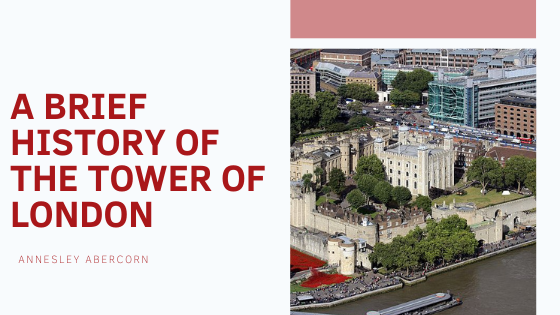Having loomed over the landscape of Britain’s capital city for a thousand years, the Tower of London is as imposing now as it was in the Middle Ages. Indeed, the Tower’s history is deeply tied to the history of Britain; in times of both war and peace, it has stood as a mirror image of both the best and worst of English power and authority.
Despite its place as a central symbol of British culture, the Tower of London’s actual history stretches back to the Norman government of William the Conqueror. After successfully defeating Harold II at the Battle of Hastings in 1066, William’s troops began their occupation of Britain in earnest; after taking London, one of William’s first projects was to build massive structures around the city in the Norman style.
William’s construction of the Tower of London began after he invaded Britain. He had several goals in mind and wanted the new monarch needed to project strength against a reluctant and often rebellious populace. The Tower accomplished this by frightening most of London’s peasant population into submission. The Tower also needed to strike fear into the hearts of William’s political enemies. If they were lucky enough to escape the gallows, this was to be where aristocratic prisoners of the new regime would be sent.
Architectural expansion of the castle began in the 13th Century under monarchs Henry III and Edward I. The architectural additions ordered by these two kings gave us the Tower as we know it today. Over a century after William’s invasion, the Tower still stood as a symbol of imperial might.
From the outset, the populace of London is said to have loathed the Tower. And with good reason: Regardless of who was on the British throne, a dark reputation sprang up around the Tower for centuries. This was where Richard III was said to have murdered his nephews to secure power during the 15th Century. In the 16th Century, Anne Boleyn was executed here, and in the 17th Century, Guy Fawkes was tortured into confessing his role in the failed Gunpowder Plot.
If the ghosts of history can be found anywhere in England, the Tower of London is their likely abode. The site of many dark plots and the home of both scoundrels and martyrs, the Tower’s symbolic power shouldn’t be lost on anyone. It lies dormant now, but no one should forget the Tower’s important and at times infamous role in England’s history.
Currently, the Tower of London is closed due to COVID-19 guidelines. Please check their website for news regarding their opening.

